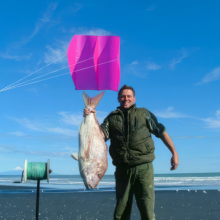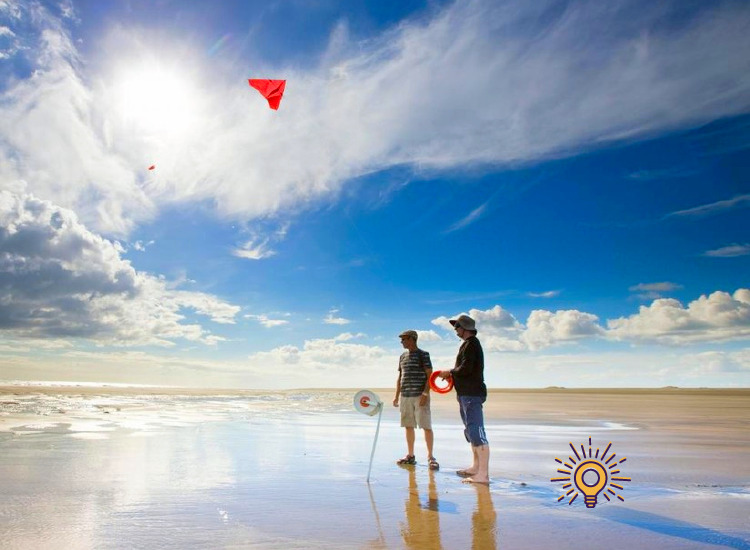When I went to New Zealand a few years back, I was blindsided by what I saw on the sandy shores of the Ninety-Mile Beach. It was beautiful. Pristine.
There were no hotels, no restaurants, no yachts, no long piers, no big cruise ships and just a few tourists.
But what surprised me the most were the fishermen.
 Instead of being out there in small boats (which was dangerous), many of them sat on the shore flying kites. When the kite started bobbing, the fishermen jumped up and fought like crazy to haul their catch in.
Instead of being out there in small boats (which was dangerous), many of them sat on the shore flying kites. When the kite started bobbing, the fishermen jumped up and fought like crazy to haul their catch in.
Why was I surprised? I’ve done a lot of fishing in my life. I know how to fish. Yet I would never, in a million years, have thought about using a kite to catch a fish. It simply would never have dawned on me.
Since then, I’ve learned that it’s an ancient technique used primarily in Asia and the Pacific Islands. Clearly, I don’t know everything.
So, what does this have to do with the challenges we face today?
Too often we’re stuck in our own paradigms. We only see what we’re exposed to. We don’t have any idea how others are dealing with similar issues. Nor do we know what’s working or not working.
Instead, we need to open ourselves to new ways of thinking. Here are some ideas that can help:
- Redefine the problem as a challenge to be solved. This is so important. “Problems” cause the brain to shut down and focus in on singular solutions.
- Ask: What is it that I/we want to create? This approach helps you clarify your positive goals. It leads to curiosity regarding how others deal with similar challenges—and ultimately to research on the topic.
- Search for resources: What will it take to turn this vision into reality? What do we already have? What will we need? Who can join us on this mission?
- Be open to experimentation. Start, see what’s working or not working and then iterate as you go along. There’s no way you can get it all right from the beginning.
Here’s a thought starter. In the US, 70% of the prisoners who are let out of jail will back within five years of being released. People are proud that we’re tough on crime. Yet in Norway, the recidivism rate is 20%.
Clearly, we can do better, but it’s going to take fresh thinking. What could be done here? What ideas are we overlooking? Who else can we involve? Can we experiment with different approaches? What seems to work best?
Just think what could happen if we really opened ourselves to these strategies. In our cities. In our communities. In our countries.
Without seeing a kite fisherman with my own eyes, I wouldn’t have believed it was possible to catch a red snapper that way.
But it is—and it works well. Plus, it’s a wonderful way to spend a day at the beach.







